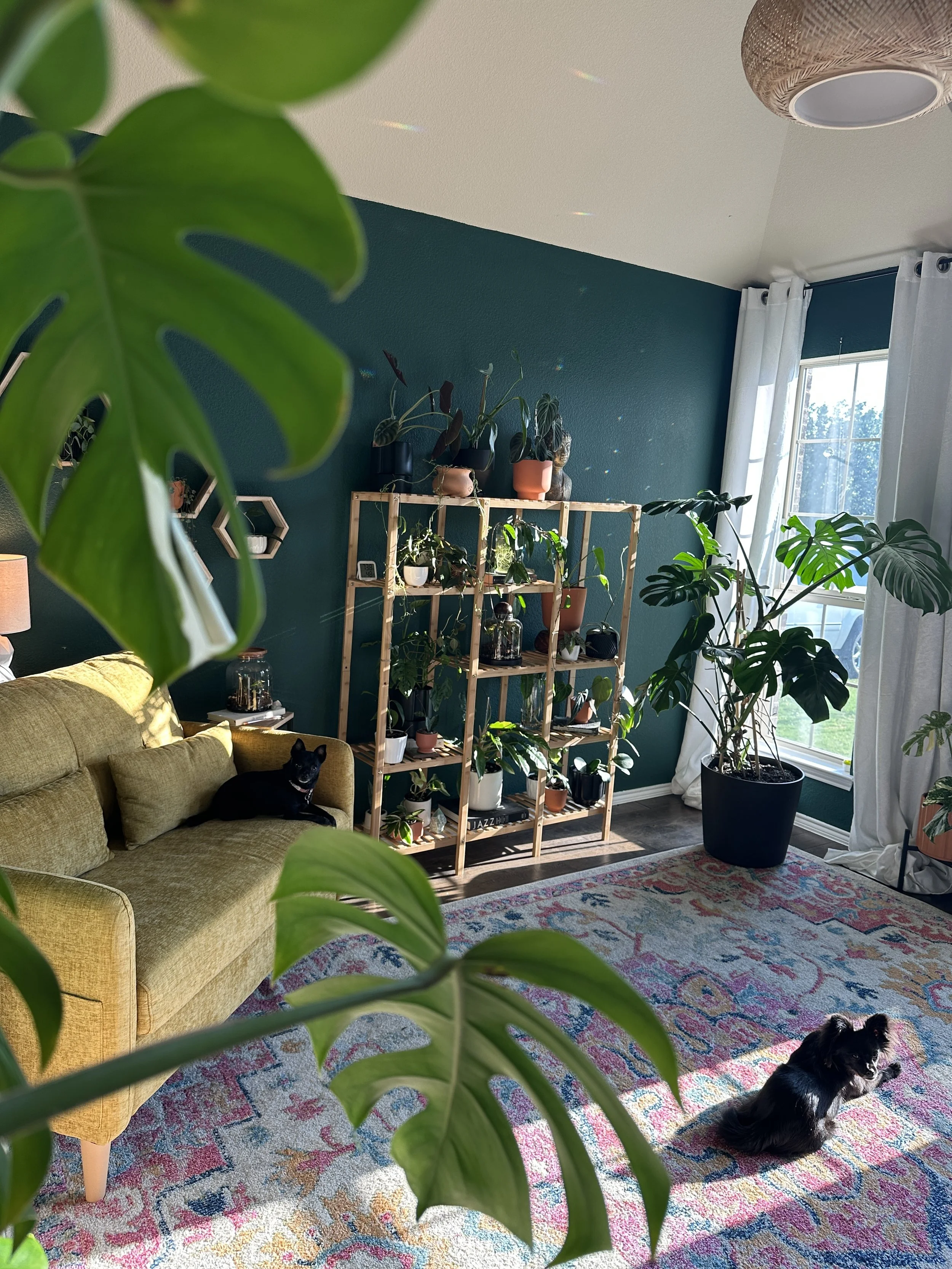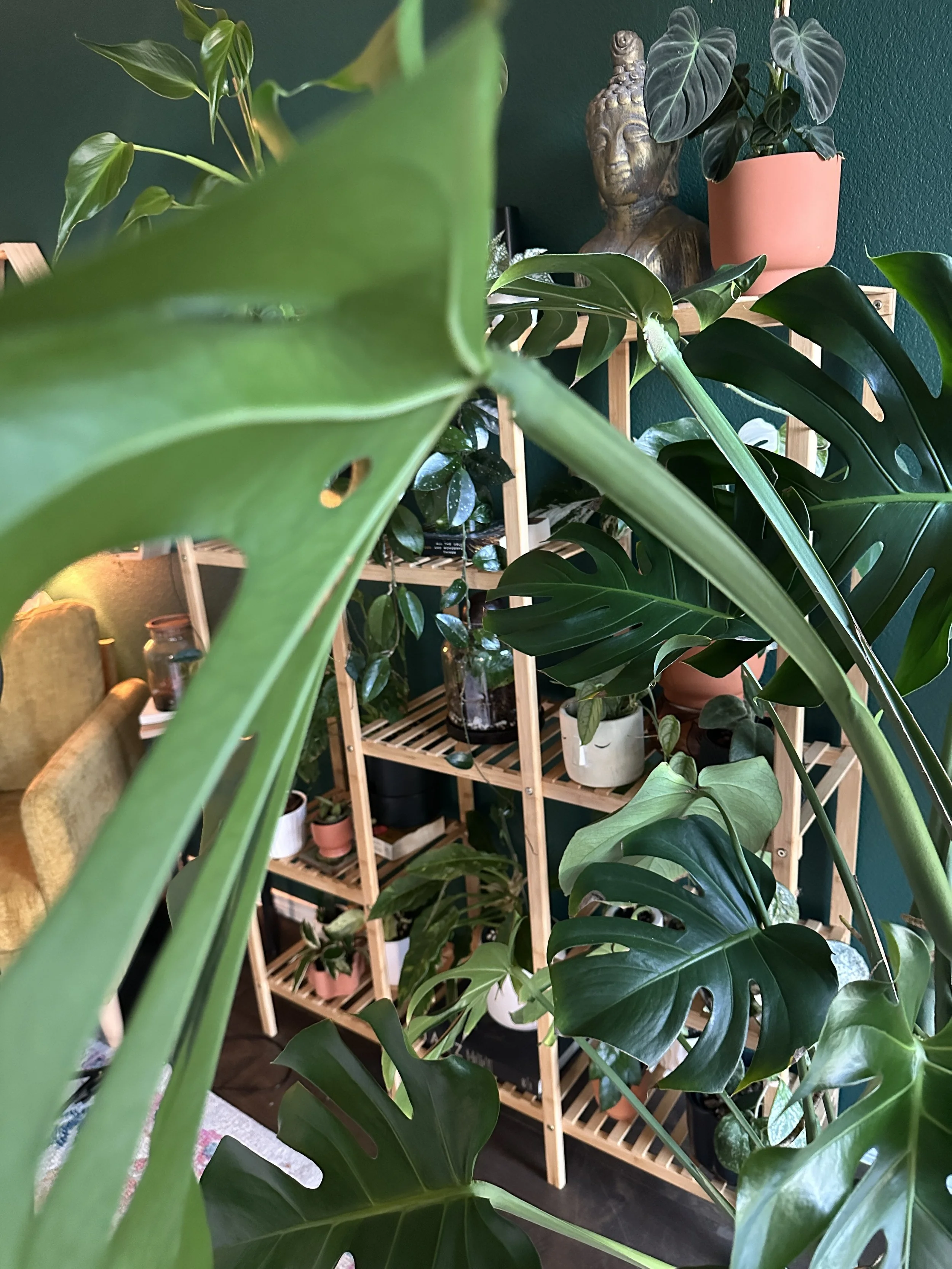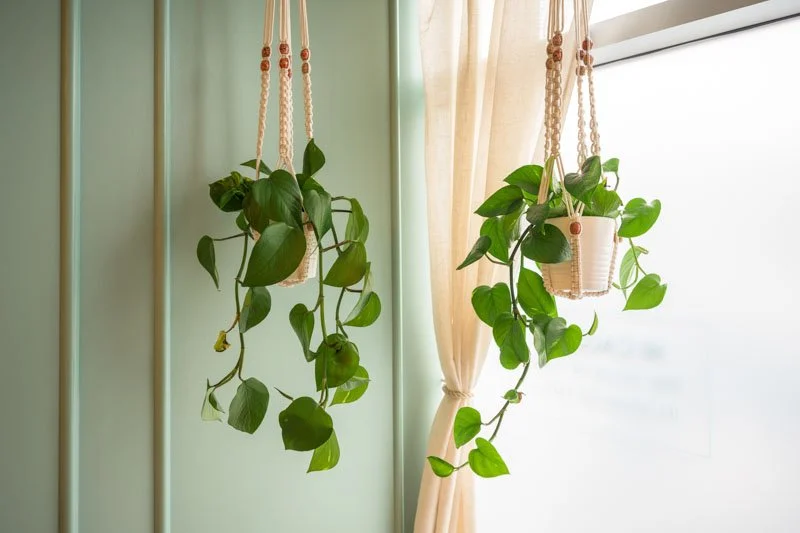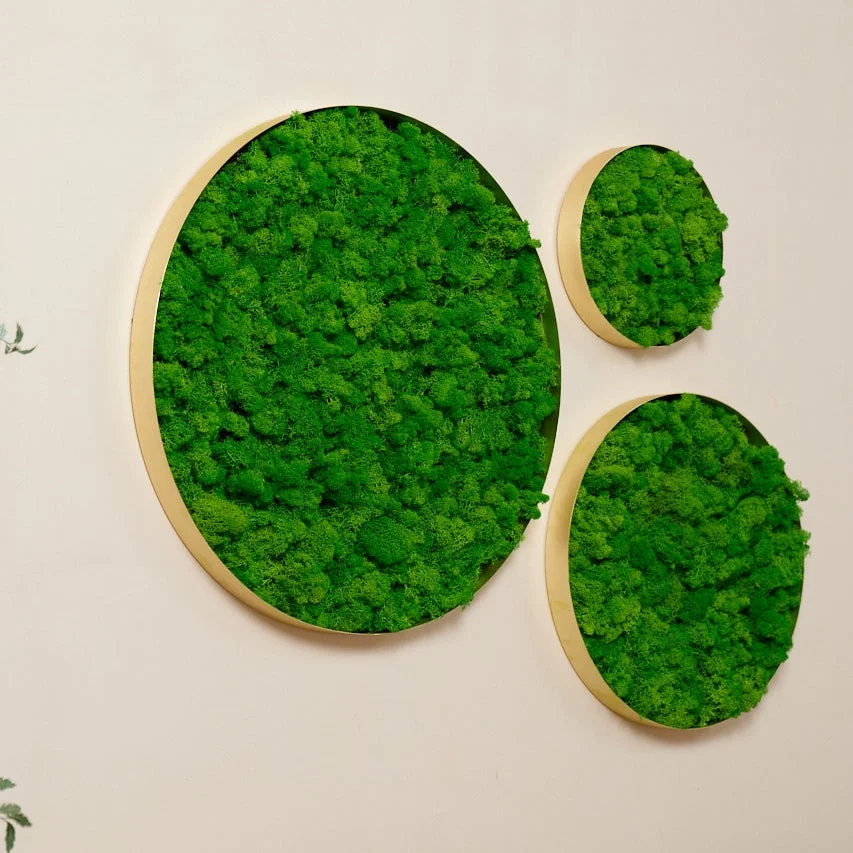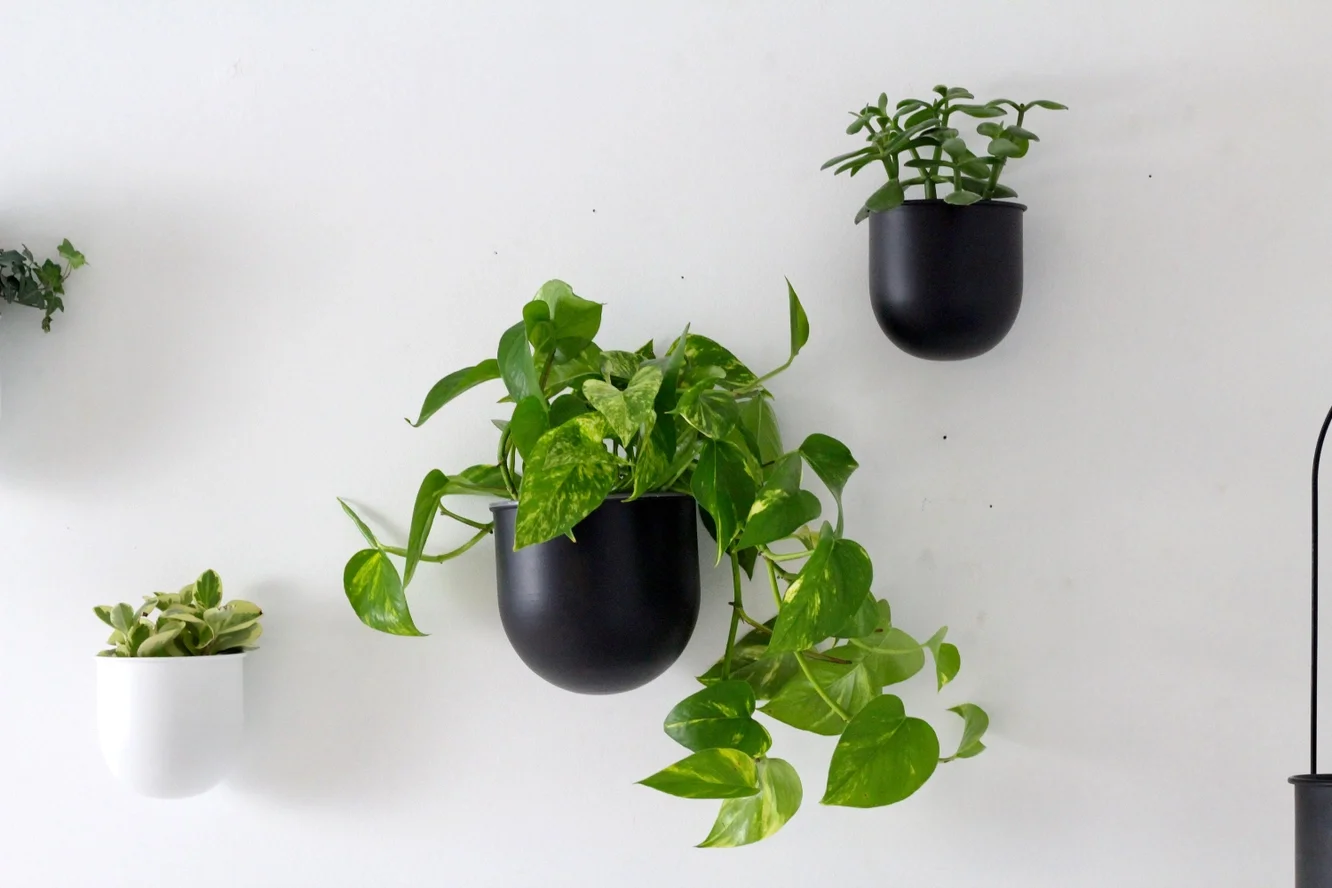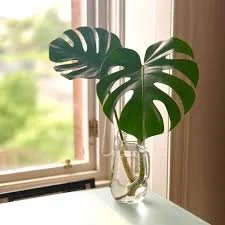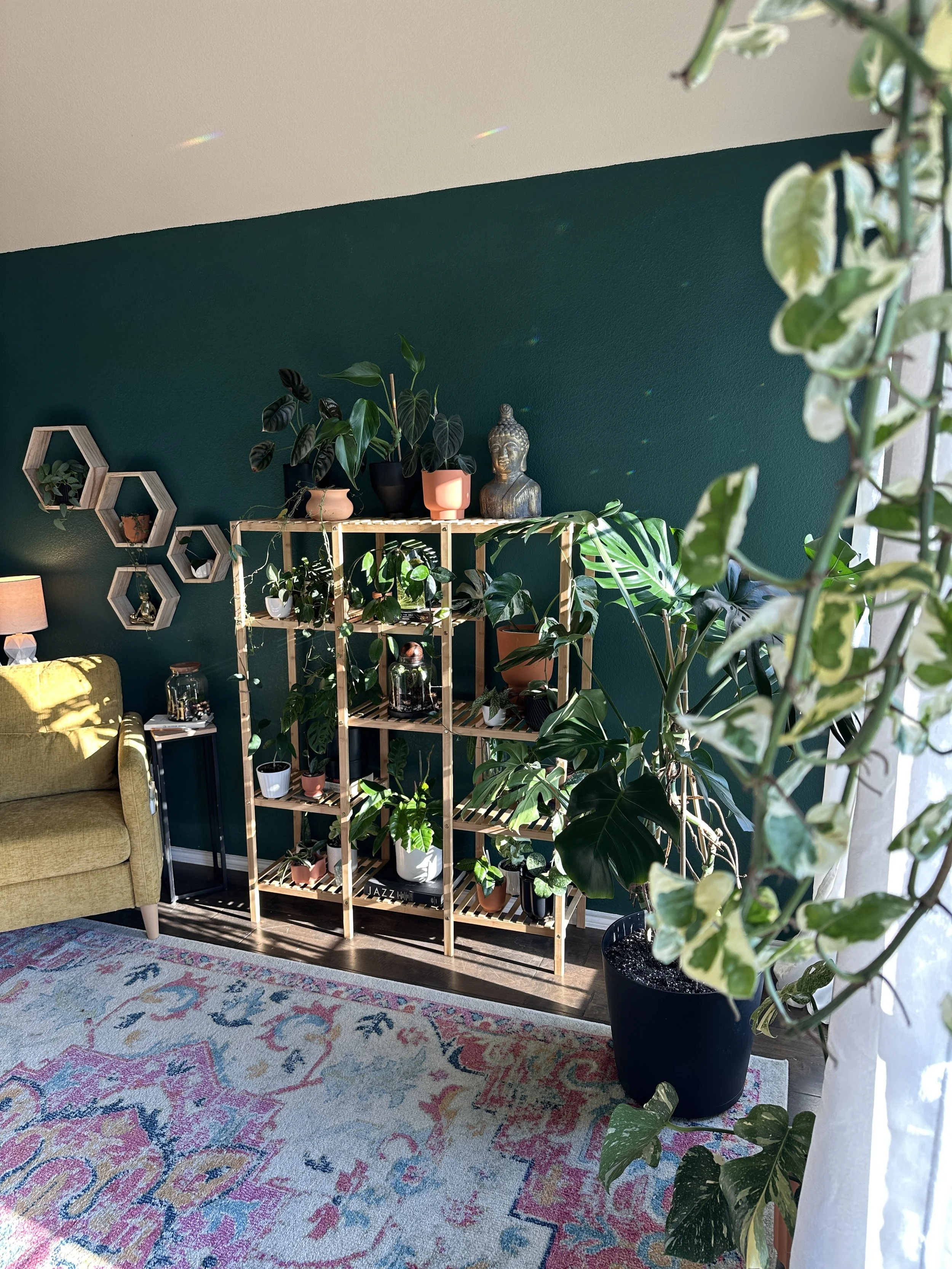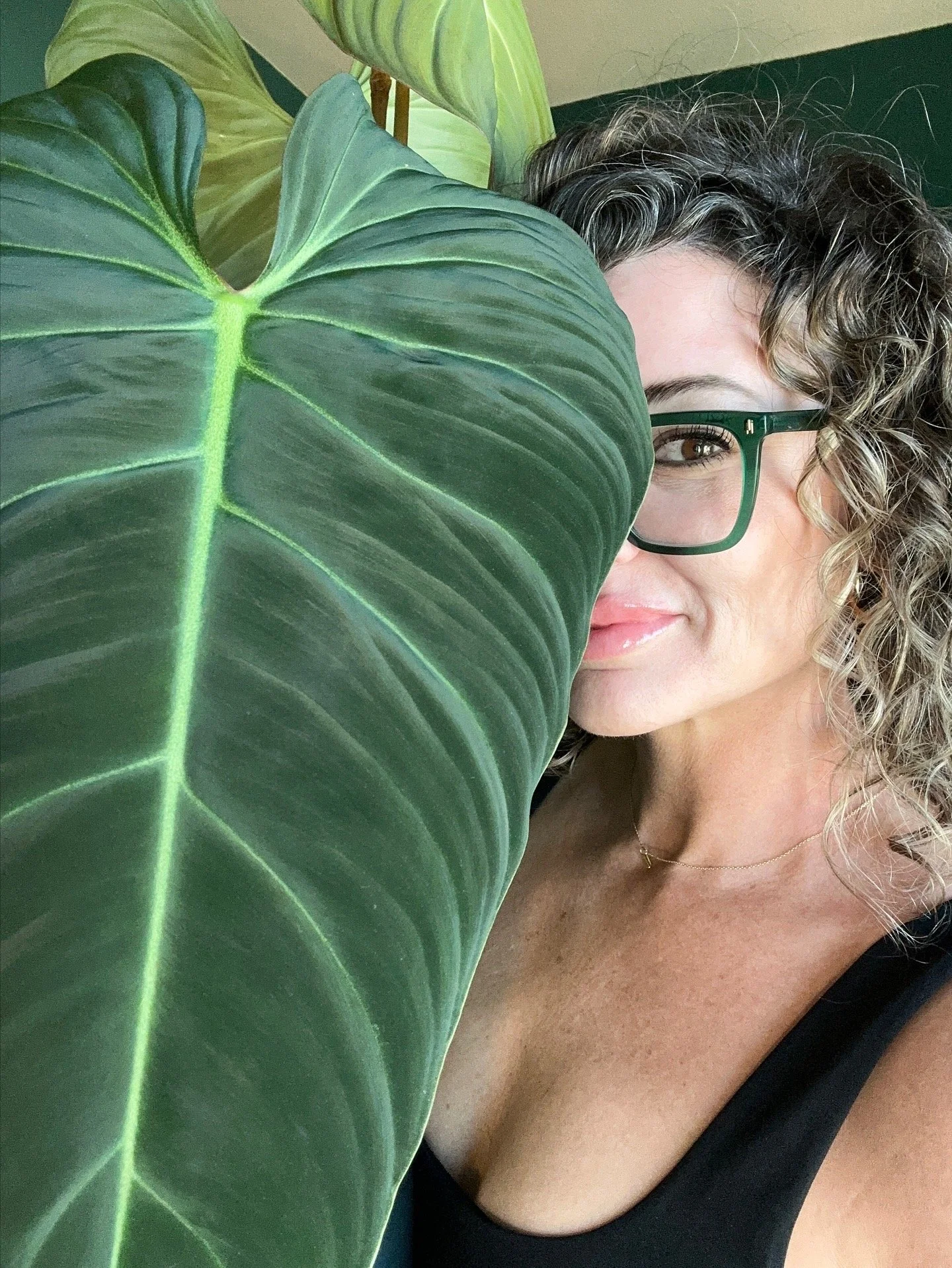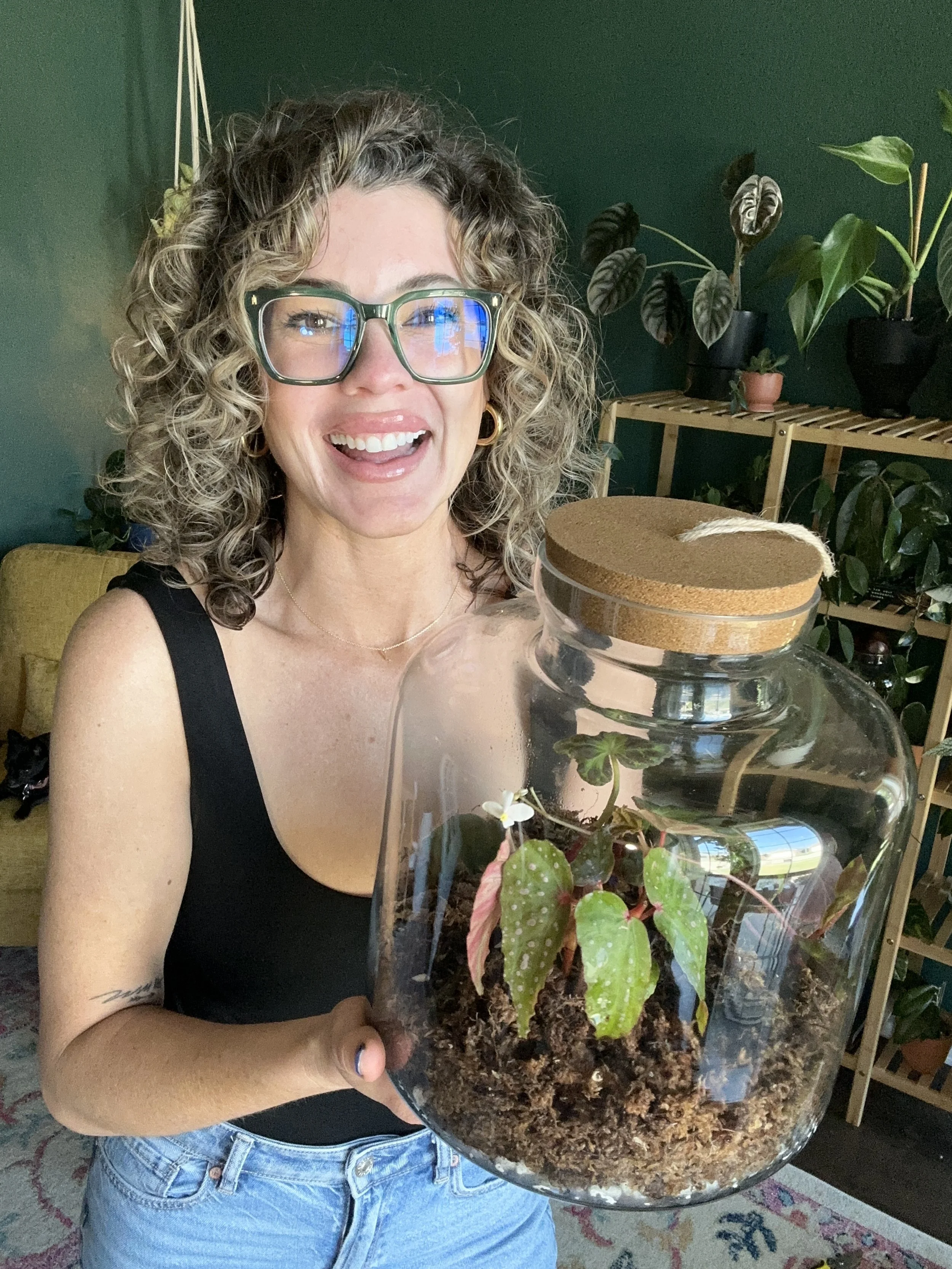Bringing Nature In: The Science of Biophilic Design
Welcome back!
As someone who works with homes, businesses, and community spaces across Fort Worth and the DFW area, I’ve seen firsthand how much plants can change the feel of a space. Have you ever walked into a room filled with greenery and instantly felt calmer? That’s not your imagination—it’s science. The way we design our environments impacts our mood, productivity, and overall well-being. This is where biophilic design comes in: a design approach that intentionally connects people with nature indoors.
What is Biophilic Design?
The term “biophilia” comes from the idea that humans have an innate connection to nature. Biophilic design takes this concept and translates it into our built environments, weaving in natural elements like plants, light, water, and organic textures.
According to researcher Stephen Kellert, there are three main ways we experience nature in design:
Direct experience of nature – things like indoor plants, natural light, fresh air, or water features.
Indirect experience of nature – artwork, natural colors, wood, or stone that mimic the outdoors.
Experience of space and place – design choices that create comfort, variety, and connection (think cozy nooks, views to the outdoors, or open flowing layouts).
Together, these elements transform a room from simply functional into restorative and inspiring.
The Benefits of Plants Indoors (Backed by Science)
Bringing plants inside does far more than just make a room look good. Research shows that greenery in our spaces offers measurable physical, mental, and emotional benefits.
Stress Relief & Calm
Studies show that being around plants lowers stress hormones like cortisol and helps reduce blood pressure. Whether it’s a Fort Worth home office or a DFW coffee shop, indoor greenery consistently supports lower stress and better mood regulation compared to plant-free environments.
Boosts in Focus & Productivity
A 2024 study in Scientific Reports found that biophilic workplace design improved employee well-being and focus—especially for people who already felt connected to nature. In DFW workplaces, plants and green views help restore attention, making it easier to concentrate on tasks and even sparking creativity.
Better Health & Faster Recovery
In healthcare settings, patients with views of nature or plant-filled rooms experienced shorter hospital stays, less pain, and improved recovery outcomes. The same principles apply to our daily lives in Fort Worth homes—plants create environments that support healing and comfort.
Improved Air & Acoustics
Plants naturally release moisture, helping balance humidity in dry environments (something especially helpful during hot DFW summers). Some studies also suggest plants can help reduce indoor pollutants and soften noise levels, making a space feel fresher and quieter.
How to Add Biophilic Design to Your Space
The beauty of biophilic design is that you don’t need a total remodel to bring its benefits into your life. A few thoughtful touches go a long way:
Add a variety of indoor plants—mix trailing vines, upright statement plants, and small tabletop greenery.
Use natural textures like wood, stone, or clay in décor and planters.
Maximize natural light where possible (and supplement with warm lighting in darker corners).
Create cozy spots with views of your plants for reading, resting, or working.
Consider a terrarium or living wall as a small-scale “indoor garden.”
If you’re in Fort Worth or the surrounding DFW area, you might even consider attending a plant workshop—they’re a hands-on way to learn how to style and care for greenery while building a beautiful piece for your home.
A Mindful Takeaway
Biophilic design isn’t just a design trend—it’s a way to reconnect with nature in our everyday lives. Whether it’s one plant on your desk or a carefully styled indoor jungle, the presence of greenery helps us feel calmer, more focused, and more at home.
✨ If you’re in Fort Worth or anywhere in DFW and want to explore biophilic design for your home, office, or community space, I’d love to help bring more life indoors with you.
Let’s Grow Together
At Lauren and Plants, I specialize in helping your indoor plants thrive — whether that means:
Plant maintenance and care services to keep your houseplants healthy year-round
Terrarium building workshops (perfect for groups, events, or one-on-one sessions)
Plant design and styling for homes, offices, and businesses in Dallas–Fort Worth
Plant sourcing — big or small, let me help you find your dream plant for your space
If you’re in the Dallas–Fort Worth area and want to bring the beauty of plants into your home, office, or event, I’d love to work with you.
📧 Email: lauren@laurenandplants.com
🌐 Website: laurenandplants.com
📱 Instagram: @laurenandplants
Join the Workshop
If you’ve ever wanted to try terrariums, this is your chance! Spaces are limited to 16 seats, and tickets close 24 hours before the event.
📍 Maple Branch Craft Brewery, Fort Worth
🗓 Thursday, October 2 @ 6:00 PM
🎟 Grab your ticket here!
Let’s grow together, one terrarium at a time. 💚
Follow along for more plant inspiration and workshop updates!
Instagram: @laurenandplants
Facebook: Lauren and Plants
✨ Want to see the products I actually use?
Check out my favorites + discount codes here.
